Can renewables meet the growing demand of more than 1 billion people in India?
India’s Narendra Modi has pledged that the country will aim for net-zero carbon emissions by 2070, but how realistic is that for the developing country? Writes Gerry Shih and Brady Dennis
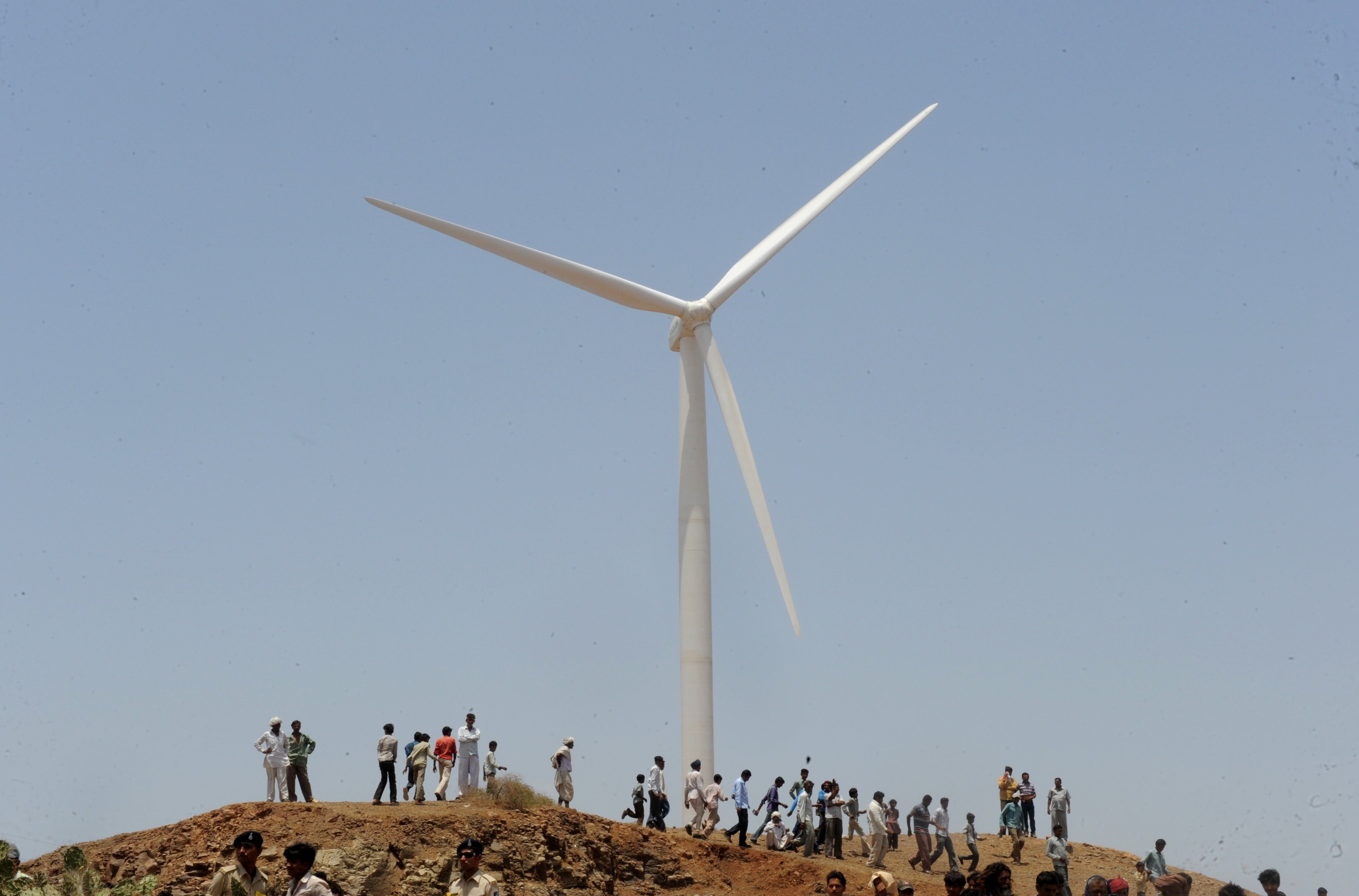
For 10 years, Poonam Chaudhary saved $110 (£81) every month, dreaming about buying her first home and all the trappings of the upwardly mobile in today’s India.
In April, Chaudhary’s dream – a whitewashed three-bedroom farmhouse – came true. She has views of blazing sunsets and marble-accented kitchen walls. She has two Japanese refrigerators and two TVs. She has an air conditioner that she runs all day during summer, when outside temperatures can soar past 43C.
She also has power cuts, usually lasting two hours – a near-daily reminder that she is among millions competing for a limited resource.
“I finally have everything for the luxury life,” Chaudhary, a 34-year-old bank employee, said with a hearty laugh. “I just don’t have enough electricity.”
Rising next to fields of mustard and country roads plied by plodding camel carts, Chaudhary’s new home is a small part of a vast developmental dilemma facing the world.
At UN climate talks on Monday, the Indian prime minister, Narendra Modi, announced the country will aim for net zero emissions by 2070 – two decades later than many advocates had hoped. He also slightly revised some of his existing targets by pledging that India would install 500 gigawatts of non-fossil energy by 2030 and meet half of its energy demands from renewable sources by that date, up from a previously announced goal of 40 per cent.
When we are all increasing our ambition on climate actions, then the ambition on climate finance cannot remain the same
Modi’s announcement reflected India’s long-stated ambitions of transition to clean energy. But what he left unsaid was an acknowledgment that, as Indians like Chaudhary grow richer and India’s economy expands in energy-intensive sectors, the country’s electricity demand will rise so sharply that it cannot yet afford to abandon cheap coal power, the source of 70 per cent of its electricity, for several decades.
How quickly – or slowly – India, the world’s third-largest emitter of greenhouse gases, transitions away from fossil fuels will help determine whether the world can meet a core goal of the 2015 Paris agreement to keeping planetary warming “well below” 2C compared with preindustrial levels.
India’s government says it is doing more than its fair share to combat climate change and is leaving coal as quickly as it can. If the rich countries that historically climbed the development ladder by spewing pollution want India to accelerate its transition, then they must hand over more financial assistance and technology, its officials say.
“We all know that all the promises made on climate finance have proved hollow,” Modi said in remarks on Monday as he demanded that developed nations commit $1 trillion to developing countries. “When we are all increasing our ambition on climate actions, then the ambition on climate finance cannot remain the same.”
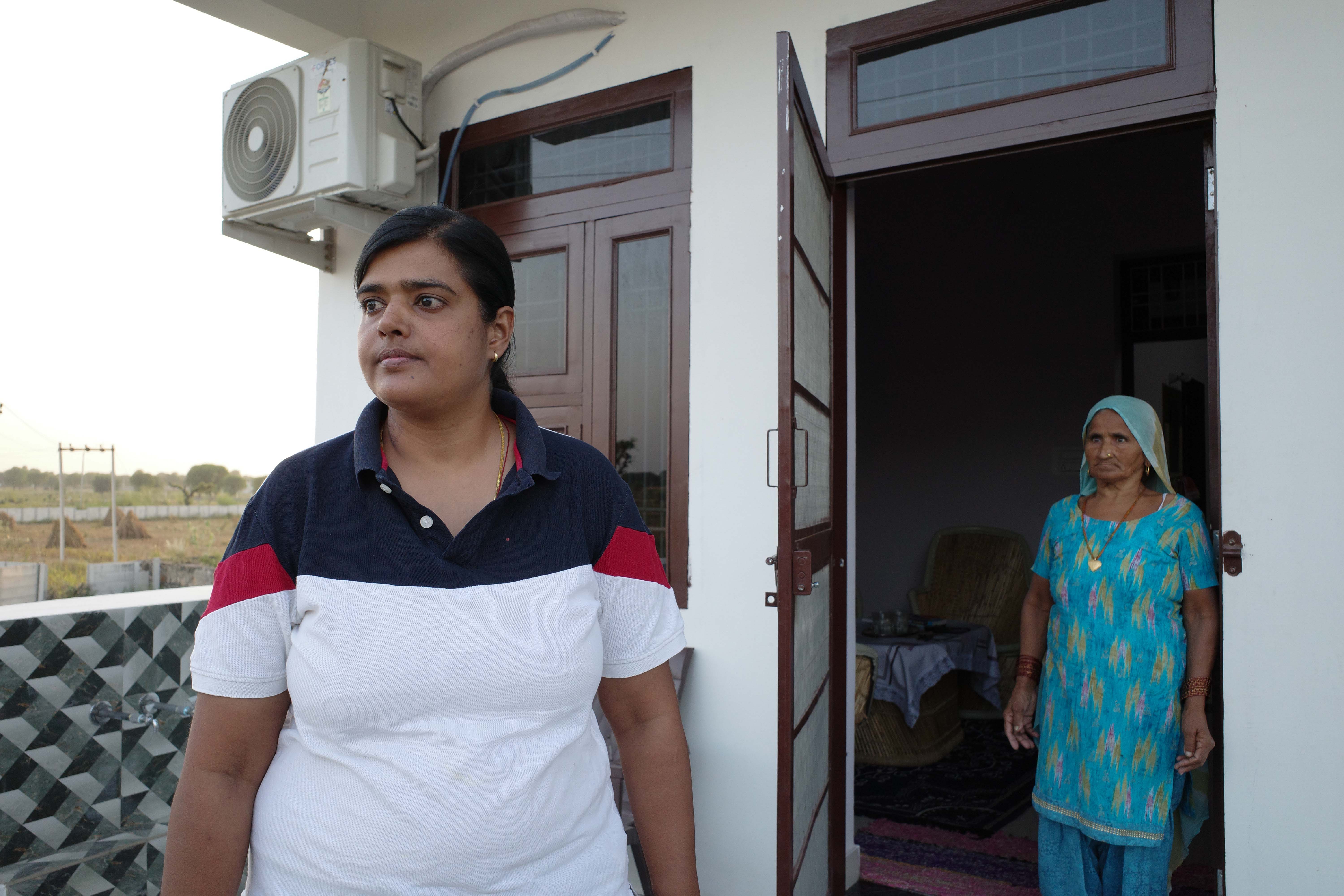
Ulka Kelkar, director of climate at World Resources Institute India, said Modi’s pledge this week sent a signal that India will require vast investments not only to deploy solar panels and wind farms, but also to purchase land, build energy storage, upgrade the national grid and build transmission lines – all while juggling skyrocketing demand for power.
“It means no postponing. We’ll need to put down investments, right now, to reach that 2070 net-zero goal,” Kelkar said. “It's not going to be easy.”
Chaudhary’s home state of Rajasthan, a desert that gets more than 300 days of sunshine a year, embodies the potential of renewable energy in India. It houses one of the world’s largest solar parks, generating some of the cheapest solar energy in the world. But in Chaudhary’s home, her prized appliances, particularly her AC unit, represent the monumental challenges and costs that remain.
Over the next 20 years, India will need to add power-generation capacity equal to that of the entire European Union today, according to the International Energy Agency (IEA), an intergovernmental organisation. Much of that additional power will feed factories and offices and electric vehicles. A staggering proportion will go toward cooling a hot country that’s only getting hotter.
“We have a developmental aspiration for our people,” said Rameshwar Prasad Gupta, a senior government official and a member of India’s climate negotiating team in Glasgow, Scotland. India cannot afford to abandon coal, Gupta added, because “hundreds of millions of people would not be able to afford development”.
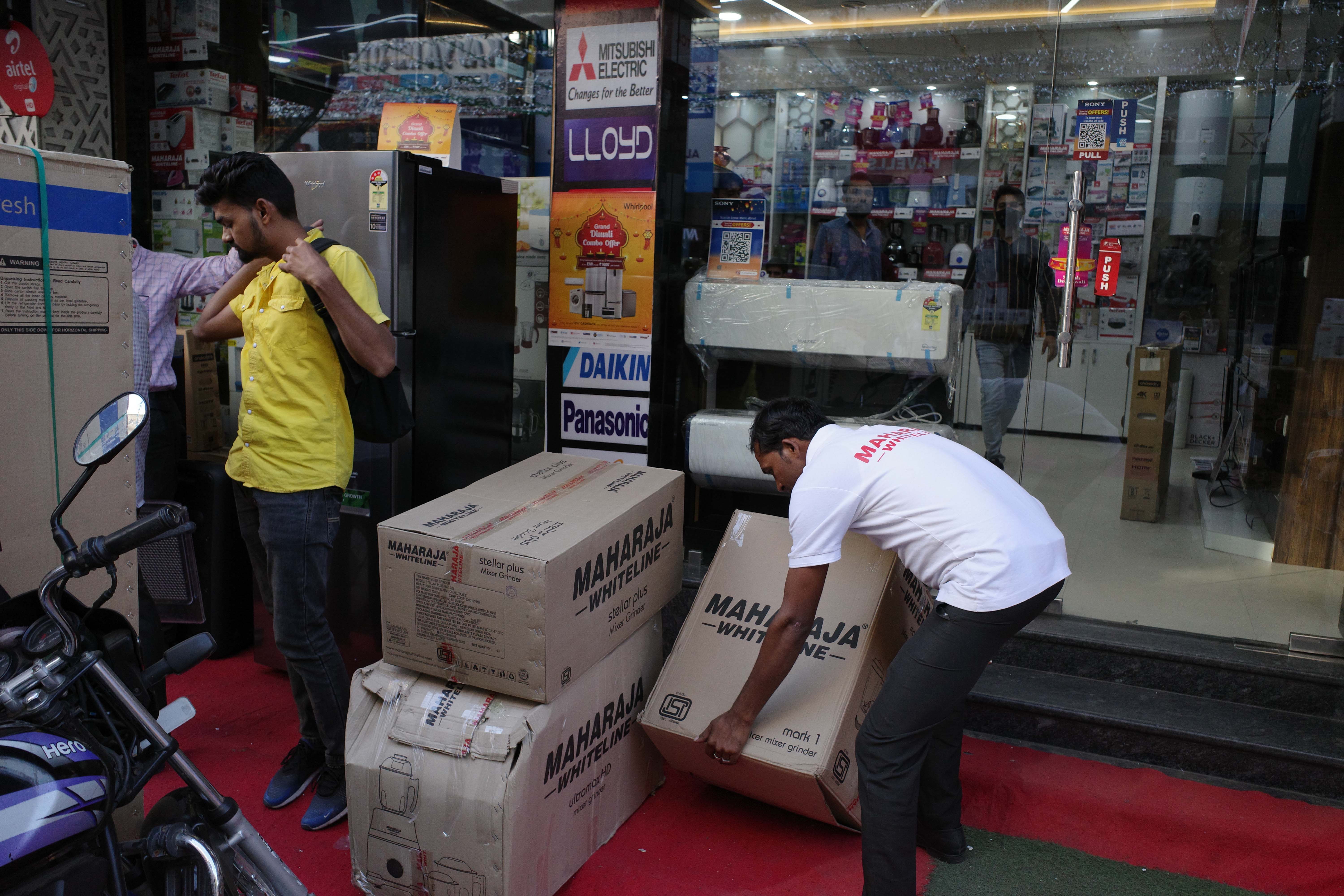
In 2050, the amount of electricity India will consume for cooling alone will rise 15-fold from 2018 levels to 1,350 terawatt-hours, or approximately the total India consumed in 2020, the IEA projects. As the number of ACs in use in India rises from about 30 million in 2018 to a billion in 2050, about 45 per cent of India’s electricity during peak hours will go to air conditioning.
For developing countries such as India, which tend to be in hot and humid climates, an exacerbating factor is not only how many ACs will be purchased, but when they're used: in the evenings, as workers return home, when solar power is at a low ebb.
That means as India continues its solar rollout, it will need to invest billions in deploying enormous lithium-ion batteries or acquiring cutting-edge technologies such as hydrogen fuel to store energy for peak hours. The need for storage effectively triples the cost of solar power in India, officials and researchers estimate.
“Contrary to popular belief, renewables plus batteries are nowhere near cost-effective yet for India,” said Rahul Tongia, an energy expert at the Brookings Institution who developed carbontracker.in, a realtime tracker of India’s energy production. “During the day when solar comes down, once wind dies dramatically, you have enormous need for something else. And that something else is coal.”
An analysis by the Climate Action Tracker, a group of experts that analyses national climate pledges, found that India must phase out coal use from its power sector by 2040 to get on a better trajectory – a tall order, given that “India still has one of the largest coal pipelines in the world”.
Nandini Das, an energy research and policy analyst who reviewed India’s plans for the Berlin-based think tank Climate Analytics, said India has made significant strides in the shift to renewables but that its ambitious goals are not yet aggressive enough to help the world meet its loftiest climate targets. Making bigger and faster changes, she said, will require help from the outside world in the form of technology and finance.
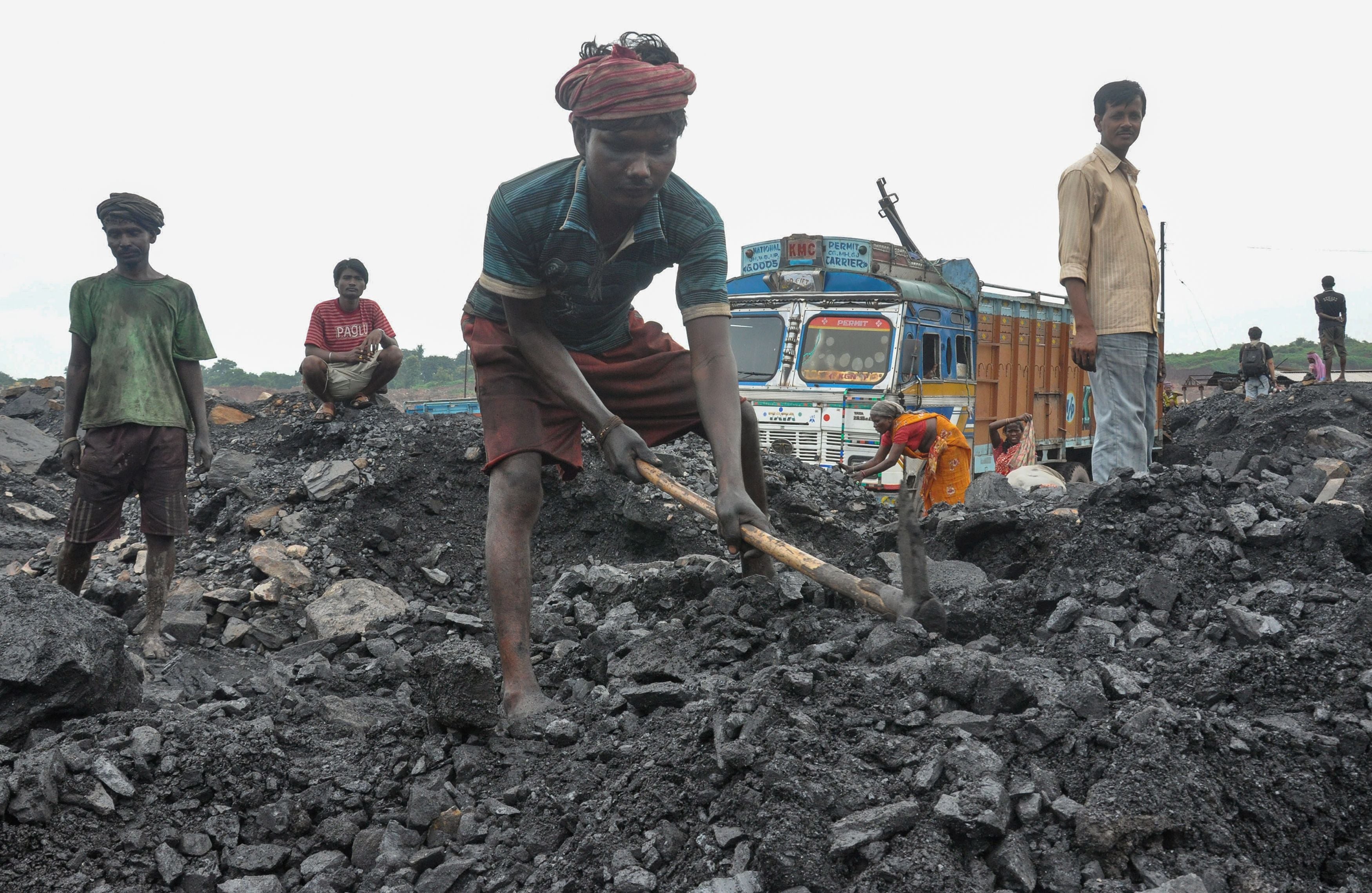
India’s government, hamstrung by an economy devastated by the coronavirus pandemic, will need to make massive upgrades to the country's creaking electricity grid to integrate the amount of renewable energy India will need. It will need expansions of transmission lines to link sun-beaten western Rajasthan to the hinterland, where coal is still king. Even if India could begin to decommission coal power plants today, it would need to pay hundreds of billions of dollars to investors.
Even in Rajasthan, a forerunner in India’s renewables deployment, energy officials have continued to commission new coal power projects. Just last month, operations began at a new 660-megawatt unit near the Pakistan border.
Between 2000 and 2020, as India’s economy liberalised, Rajasthan’s economic output grew nearly 10 times. During that period, Rajasthan’s annual energy consumption rose fivefold, and it is expected to double again by 2030, according to state energy officials.
Today, the state’s countryside is dotted with new factories making cars for Honda and cookies for South Korean food companies. Life in cities has transformed, too. Aditya Rajwal, an appliance salesman in Jaipur, said sales of air conditioners at his store have jumped from about 100 every quarter a few years ago to more than 500 now.
While more Indians have money to buy air conditioners, they also face more days of punishing heat compared with a few decades ago, according to meteorological data.
In recent weeks, as India suffered a nationwide coal shortage, many regions, including Rajasthan, began to see rolling brownouts. The state leader went on television to urge residents to turn off appliances. A major utility company announced it would set an example by banning air conditioners in its offices.
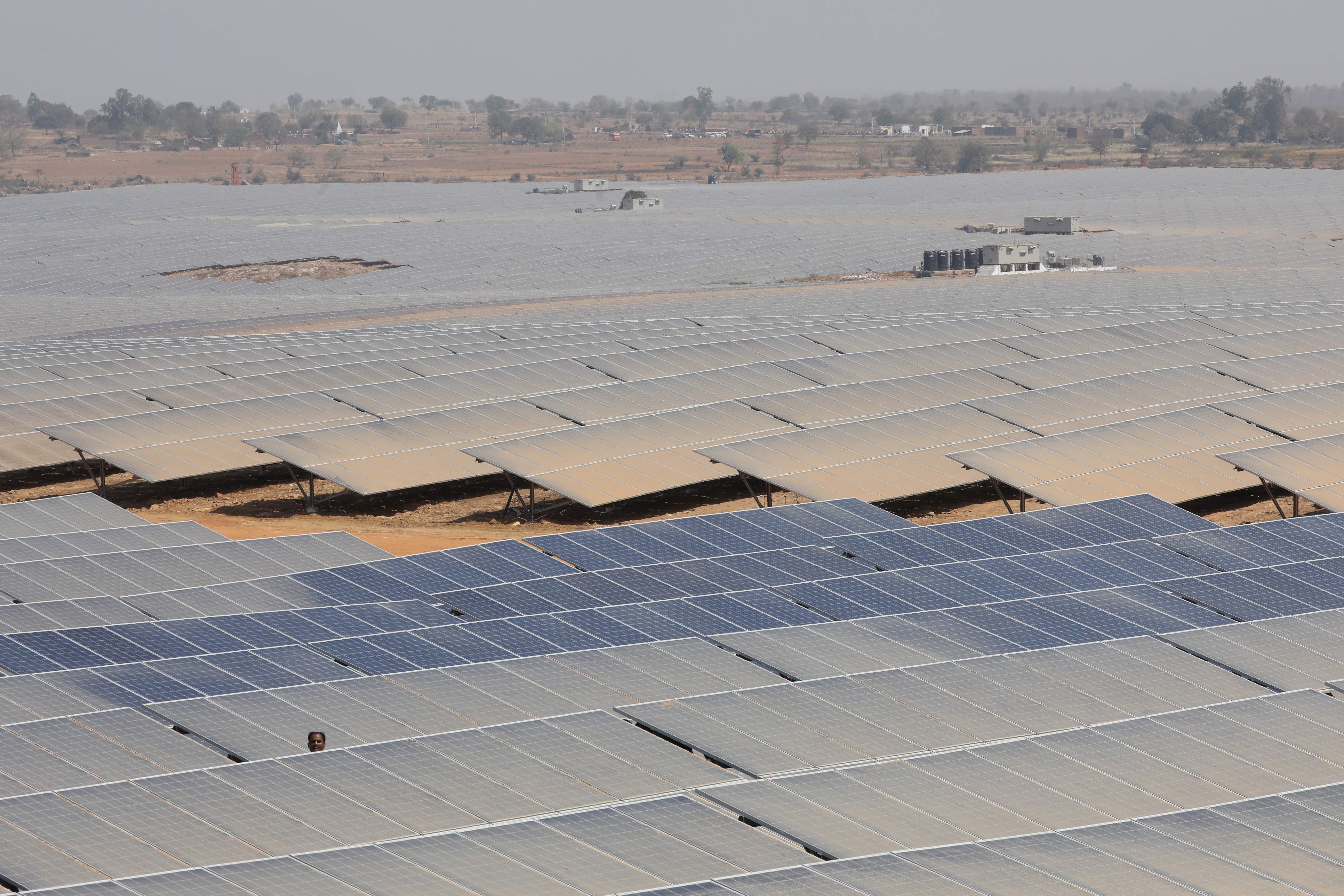
“The crisis exposed the weakness of renewable energy as a substitute for thermal power in times of need,” said Subodh Agarwal, the top civil servant in charge of energy in Rajasthan. “Right when the coal ran out, the wind also died down. Solar and wind are great, they're green. But they lose out in consistency.”
Agarwal said Rajasthan, which has the potential to generate a fifth of all renewable energy in India, was now mulling a 90-gigawatt solar target for 2030. But it would still use coal for about a third of its electricity at minimum, he said.
If states such as Rajasthan cannot fully switch to renewable energy, then most of India – the world's second-largest coal producer after China – will struggle even more, analysts say. On the other side of the subcontinent, in India’s eastern hinterlands, about 4 million jobs rely on the coal industry. Countless more work in sectors like steel, cement and automobiles rely on coal.
Chandra Bhushan, a prominent environmentalist and government adviser who heads the consultancy iForest in New Delhi, said the money required to retrain Indian workers and shut down mines and power plants over the next 30 years will be at least “an order of magnitude” greater than in the west.
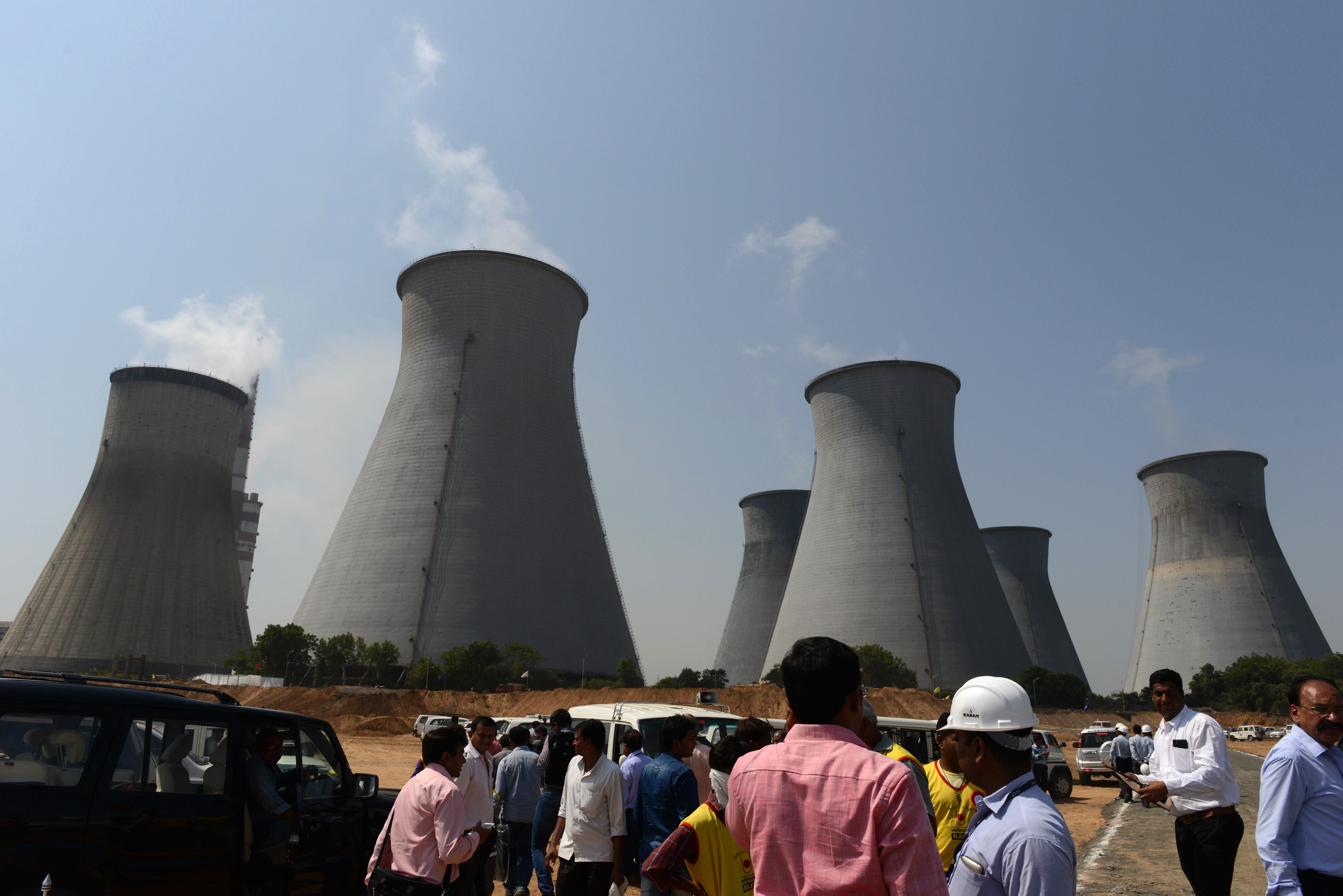
“Germany paid $60bn to decommission its coal power plants, while India has five times more coal-power capacity. How much is Mr Biden paying to transition 50,000 coal workers while Coal India alone employs nine times more people?” he said, referring to India’s largest state-owned coal mining company. “This is massive, massive enterprise.”
The west, Bhushan added, “is closing its eyes to the reality of what will be needed.”
In the meantime, the ranks of Indians with aspirations – like Chaudhary – will grow. The daughter of a dairy worker, Chaudhary in 2011 bought a parcel of land outside Jaipur for about $1,300 with her husband, a physical education teacher. For 10 years, she worked 14-hour days so that she could save a fifth of her $532 monthly paycheck for her future house.
After contractors finished her home in April, Chaudhary bought a washing machine, TVs, a water heater for hot showers. At the appliance store, she splurged on an AC made by Eureka Forbes, a domestic brand.
“It’s not really a status symbol anymore, but a necessity,” said Chaudhary, who lives with her 63-year-old mother-in-law. “For six months a year, you feel like you could die.”
On a recent evening, Chaudhary walked up to her second-floor terrace to show off the view and a guest bedroom. It wasn’t furnished yet, she said, and made a mental note to herself.
Before next summer, she has to buy another air conditioner.
Dennis reported from Washington. The Washington Post’s Taniya Dutta contributed to this report.
© The Washington Post
Join our commenting forum
Join thought-provoking conversations, follow other Independent readers and see their replies
Comments


Bookmark popover
Removed from bookmarks